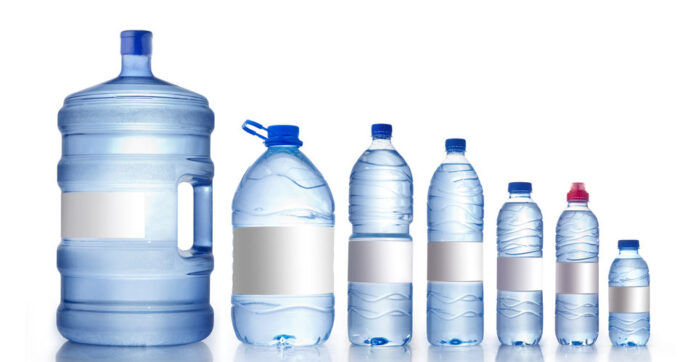“Mineral Water” is a misnomer for the water that is filtered through RO systems and supplied for drinking purposes. The so called mineral water has become fashionable in every home, office and for many individuals too. As a matter of fact, most of the domestic and commercial water purifiers using the Reverse Osmosis technology for filtration remove many essential minerals such as calcium and magnesium from the water. Most of these commercially available models boast of filtered water with very less TDS levels! This actually means that the vital minerals in the form of dissolved salts are being removed from water thus reducing the Total Dissolved Solids. Water is a universal solvent. Therefore, when we consume water with very less TDS, it takes away (dissolves) some of the salts available in our body and drains them out. This creates an imbalance of essential minerals in the body for which supplements need to be consumed!
Quality Parameters of Drinking Water
As per the WHO standards the TDS of potable water can range between 100 and 1200ppm (parts per million). The International Standards Organization specifies the TDS at 500 as acceptable limit and 2000 as permissible limit as per the IS-10500-2012.
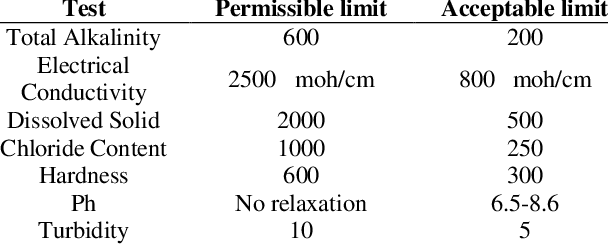
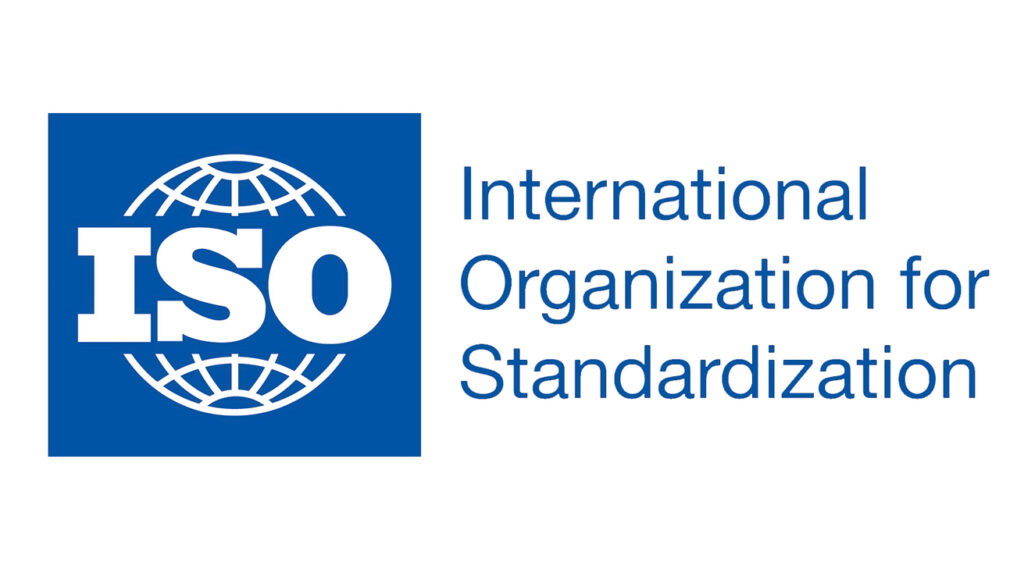
To do or not to do!
Many studies have revealed that drinking water with TDS less than 50, which has very low proportions of requisite minerals, is unacceptable. Though 50-150 is acceptable, the range of 80 to 100 is preferable. TDS ranging 150-250 is considered the healthiest for cardiovascular health. Many parts of India have a range of 250-350, as anything falling below 500 is acceptable. TDS ranging between 500-1200, though in the permissible limit, is not palatable and therefore requires filtration such as RO. Water with TDS more than 2000 cannot be purified by household water purifiers
Environmental Concern
A reverse osmosis (RO) system removes larger particles and dissolved solids when water passes through a semi-permeable membrane under pressure. In the process, the water that is filtered through the membrane is consumed and the rest of it is drained. Most of the household and commercially used RO systems give only around 40-50% output which means around 50-60% of the water is drained. Thus for every litre of water purified by a household RO system, one litre is wasted. Therefore, a family of four, which consumes around 30-35 litres of potable water a day (drinking & cooking), wastes an equal amount of water resulting in around a 1000 litres in a month. As the efficiency of the filter reduces with the paucity of time, the wastage increases. This is an alarming trend of wasting a very precious resource! The water thus drained from the RO systems has a very high TDS that affects the aquatic life in drains.

.
Illegal exploitation of ground water
As the fad for packaged drinking water even in households grew, there is a mushrooming of small water purification plants in every colony. The source for most of these units is ground water. With no strict rules in force, these purification plants exploit the ground water, process them with cheap RO systems and drain lots of water which goes un-noticed. As this high TDS water enters the drain and reaches the sewage treatment facilities having a biological treatment method, it becomes very difficult for the facility to treat this water, which actually requires a different approach. Consequently, the functioning of the STPs too get affected.
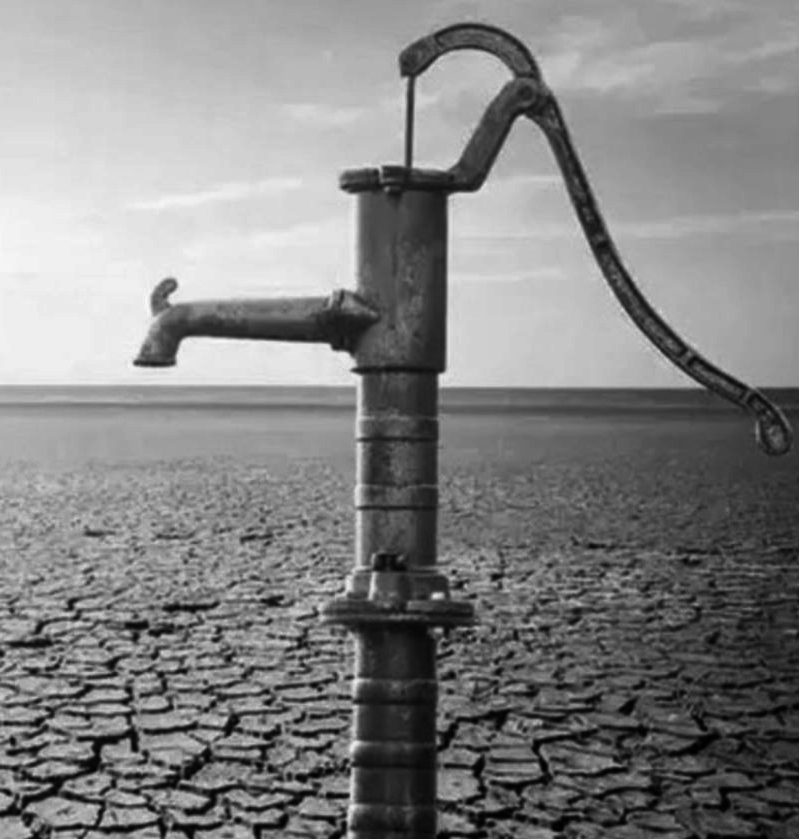
Action 2020
National-Green-TribunalThe National Green Tribunal ordered that the RO systems are prohibited where the TDS of the supplied water is below 500 mg per litre (500 ppm). To comply with this order the Union Ministry of Environment published a notification in February 2020 stating “Installation or use of MWPS [Membrane based Water Purification System] shall be prohibited, at the point of use or at the point of entry for purification of supplied water which is subjected to conventional flocculation, filtration and disinfection process or is from any sources which are in compliance with acceptable limit for drinking water prescribed by Bureau of Indian Standard 10500:2012”.
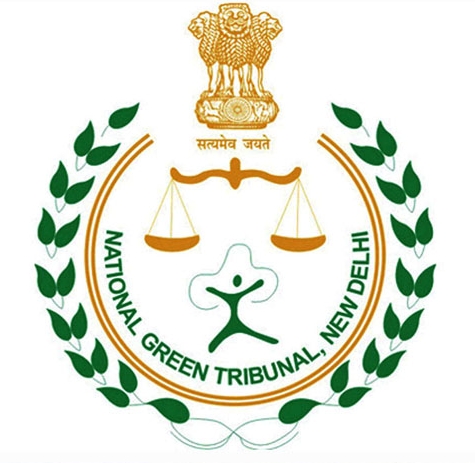
#water #mineralwater #myths #drinkingwater #rosystems #ro #reverseosmosis #filtration #purifiedwater #packageddrinkingwater #qualityparameters #permissiblelimit #acceptablelimit #enviroment #concern #illegal #exploitation #groundwater #TDS #dissolvedsolids #minerals #salts #ISO #standards #nationalgreentribunal #NGT #ministryofenvironment #compliance #BIS #bureauofindianstandards

